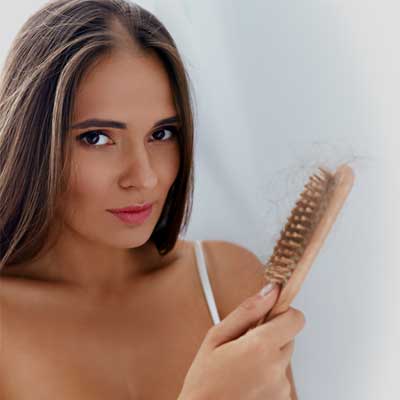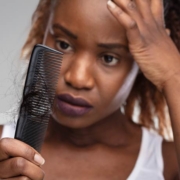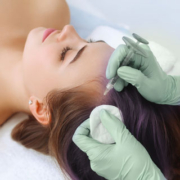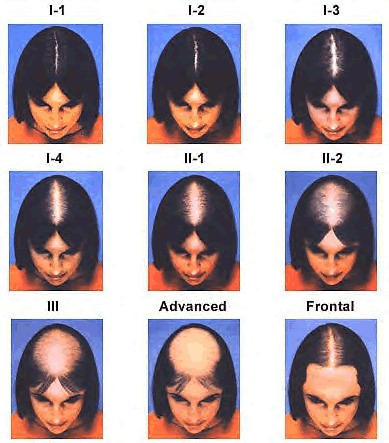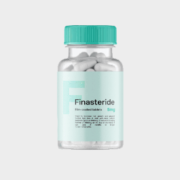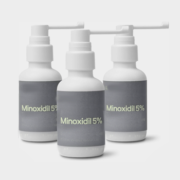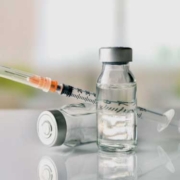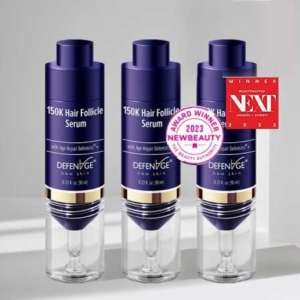Women’s Hair Loss Treatments | Austin, TX
Long, short, bouncy, shiny – hair is an expression of style and personality for women. Your hair and self-image are closely related. While an occasional “bad hair day” can make you feel bad, hair loss is a distressing sign that can turn a bad hair day into a crisis. At Ruthie Harper, MD, in Austin, TX we are experienced in addressing the many causes of hair loss in women and are committed to creating a program that will restore a full, healthy head of hair.
Because the unique reasons that women lose their hair can be multifactorial and complicated, finding the right treatments for hair loss in women can be difficult. So, it is of utmost importance to contact a doctor who can complete the entire comprehensive hair loss work up in order to diagnose why hair loss has occurred as well as providing the most recent advancements in aesthetic solutions for hair loss such as PRP.
A customized and comprehensive approach to diagnosing and treating female hair loss is essential in helping women regain a healthy head of hair. In order to ensure that we correctly determine the best steps to take for your hair loss treatment, we run extensive lab testing to determine your underlying causes for hair loss. Whether the causes for hair loss are permanent, reversible or temporary, there are many hair loss solutions available.
Dr. Ruthie Harper MD evaluates all of the factors that lead to hair loss and then creates a customized hair loss program with an integrated approach that provides you with the most effective hair restoration solution designed just for you.


